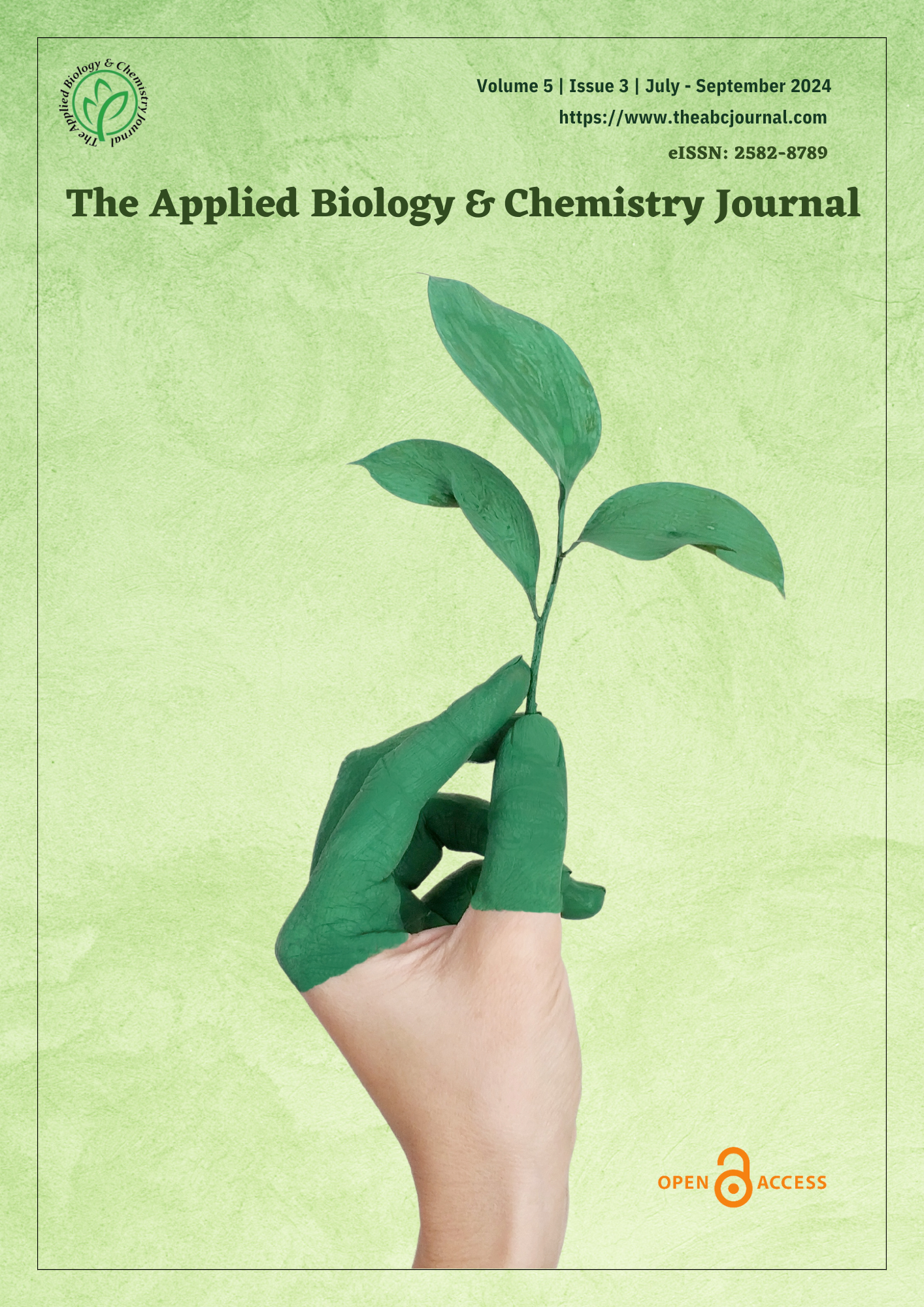Benzo[a]pyrene: A carcinogen, its sources, adverse effects, and preventions
DOI:
https://doi.org/10.52679/tabcj.2024.0007Keywords:
benzo[a]pyrene, cancer, metabolism, micro-organisms, polycyclic aromatic hydrocarbonAbstract
A polycyclic aromatic hydrocarbon called benzo[a]pyrene (B[a]P) is produced during incomplete burning of fuels. The most common way humans consume B[a]P is through food products, particularly grilled or smoked foods. B[a]P is also frequently detected in the sediments, soil, surface water, and air. Once bioactivated, it produces a highly reactive epoxide monomer that can create adducts by chemically reacting with biological molecules, such as DNA. B[a]P is implicated in various cancers due to its interaction with the aromatic hydrocarbon receptor (AhR). Apart from its detrimental impacts on development and reproduction, this substance also suppresses the immune system. Microbes, however, are critical to cleaning up the B[a]P-contaminated environment. This review focuses on forming B[a]P in different compartments of the environment and human surroundings, and the mechanisms responsible for its harmful effects and carcinogenic risk. This review also discusses the strategies for the deterioration of B[a]P.
Downloads
Published
Issue
Section
License
Copyright (c) 2024 Karan Negi, Priya Chaudhary

This work is licensed under a Creative Commons Attribution-NonCommercial 4.0 International License.






